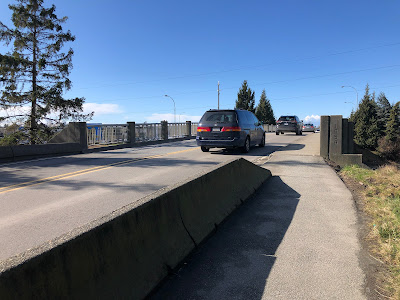
|
| Langley City Property Crime Map. Select Map to Enlarge. |
The RCMP has prepared the latest property crime map of Langley City for the Crime Prevention Task Group. This map helps inform our crime prevention programs. When looking at the map, remember that all of Langley City’s non-home-based businesses and 2/3rd of the City’s population live north of the Nicokemkl River. So while there is more property crime north of the river, the crime rate (crime divided by population) needs to be considered.
One of the ongoing concerns in Langley City is theft from auto. This type of crime is one of opportunity. People will try vehicles for unlocked doors and take anything in sight if a door is unlocked. People will also smash windows and grab anything of value, including loose change and garage door openers.
There are a few things you can do. This first is to remove all valuable items in your vehicles, including garage door openers. Place everything else out of sight.
If you live in a townhouse, consider using your garage for parking your vehicles.
Another ongoing concern is mail theft. Checking your mail daily can help reduce your risk.
Finally, if you have an older vehicle, you may want to purchase a LoJack or vehicle immobilizer system.













